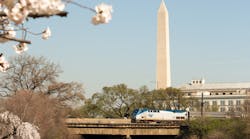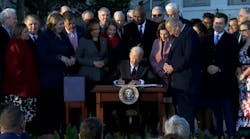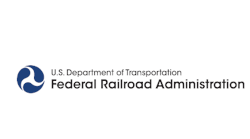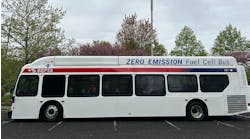The Front Range Passenger Rail District (FRPRD) and Colorado Gov. Jared Polis were joined by federal and local leaders on Dec. 13 to celebrate the FRPRD’s acceptance into the Federal Railroad Administration’s (FRA) Corridor Identification and Development (ID) Program.
“The Biden Administration’s recognition of Colorado as part of the Corridor Identification Program is a very important step to turn all of our hard work and planning into a Front Range Passenger Rail that’s convenient, low cost and fast,” said Gov. Polis.
Coloradans have shown support for a passenger rail service for more than a decade, culminating in the 2021 state-legislated creation of the Front Range Passenger Rail District as the governing body to oversee development of the rail service. Since then, the FRPRD has worked closely with the Colorado Department of Transportation and the FRA to advance a comprehensive Service Development Plan, which will be completed in 2024.
Acceptance into the Corridor ID Program provides FRPRD with an initial $500,000. Supported by the Infrastructure Investment and Jobs Act, the program offers accepted projects significant funding, including 80 to 90 percent federal match to 10 to 20 percent local contribution. Completing a Service Development Plan is the first in a three-step process of the Corridor ID Program.
“We are thrilled to take this major step in bringing a passenger rail service to communities along the Front Range,” said FRPRD General Manager Andy Karsian. “This marks a once-in-a-lifetime chance to expand Colorado’s transportation options with safe, comfortable and reliable passenger rail. The service will provide new opportunities for Coloradans to connect with one another.”
In the coming year, FRPRD will complete financial modeling to determine the best way to pay for the service while positioning the project to progress through an efficient environmental clearance process. The first train service is expected to begin operating in about a decade.
Front Range Passenger Rail will use 180 miles of existing freight lines to connect communities from Pueblo in the south to Fort Collins in the north, with several stops in between. In the future, the rail is expected to connect to New Mexico and Wyoming.




